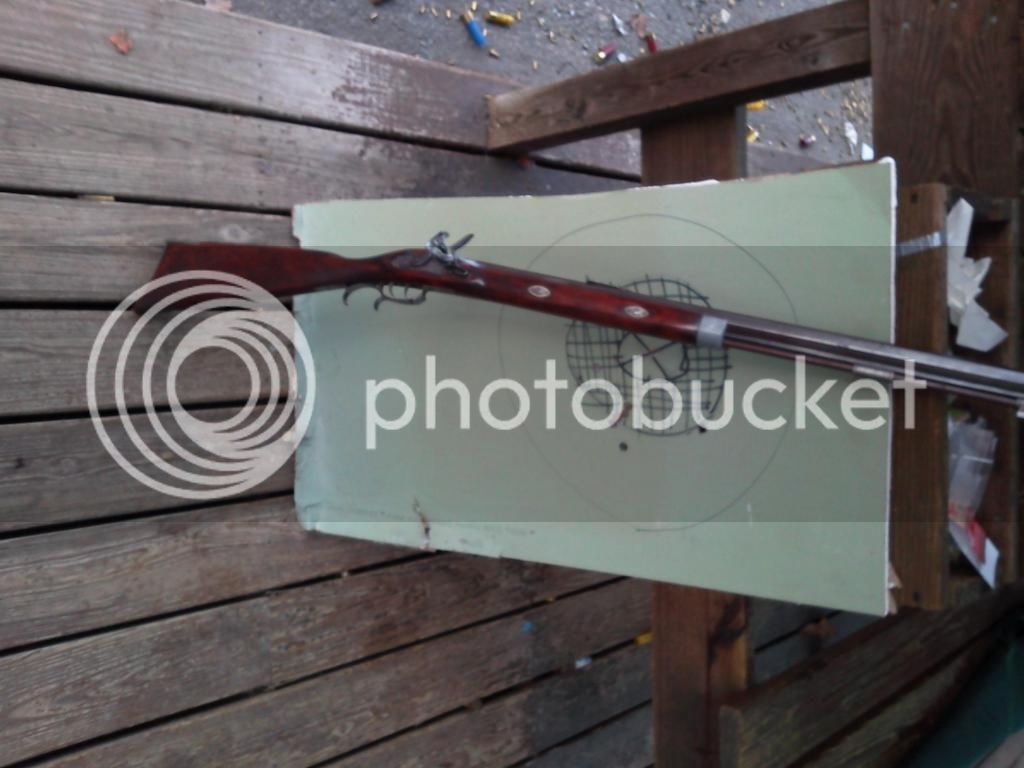One of the most important things to make your experience enjoyable instead of frustrating when shooting a flintlock is to make sure you have a good slicing angle of the flint onto the frizzen.
That angle needs to be 55° to 60°. If you get your flint to strike the frizzen at that angle it will give you lots of sparks and will be self knapping. If the angle is less than that, say 45° or less, you will be crushing the tip of your flint every time it hits the fizzen. That means you will constantly be knapping your flint and will always end up with blunt rounded flints.
So flip it bezel up, bezel down, move it forward in the jaws or back in the jaws. Do whatever it takes to get that 55° to 60° angle and you will get lots of sparks and long life out of each flint. You want the flint to slice along the frizzen, not smash into it. And don't worry about it contacting almost half way down the frizzen. As long as it is making a slicing stroke along the frizzen it will work fine. If you try to get your flint to strike the top of the frizzen you will constantly be crushing edges and breaking your flints.
Hope this helps, it made a HUGE difference for me.
Twisted_1in66 :thumbsup:
That angle needs to be 55° to 60°. If you get your flint to strike the frizzen at that angle it will give you lots of sparks and will be self knapping. If the angle is less than that, say 45° or less, you will be crushing the tip of your flint every time it hits the fizzen. That means you will constantly be knapping your flint and will always end up with blunt rounded flints.
So flip it bezel up, bezel down, move it forward in the jaws or back in the jaws. Do whatever it takes to get that 55° to 60° angle and you will get lots of sparks and long life out of each flint. You want the flint to slice along the frizzen, not smash into it. And don't worry about it contacting almost half way down the frizzen. As long as it is making a slicing stroke along the frizzen it will work fine. If you try to get your flint to strike the top of the frizzen you will constantly be crushing edges and breaking your flints.
Hope this helps, it made a HUGE difference for me.
Twisted_1in66 :thumbsup:





